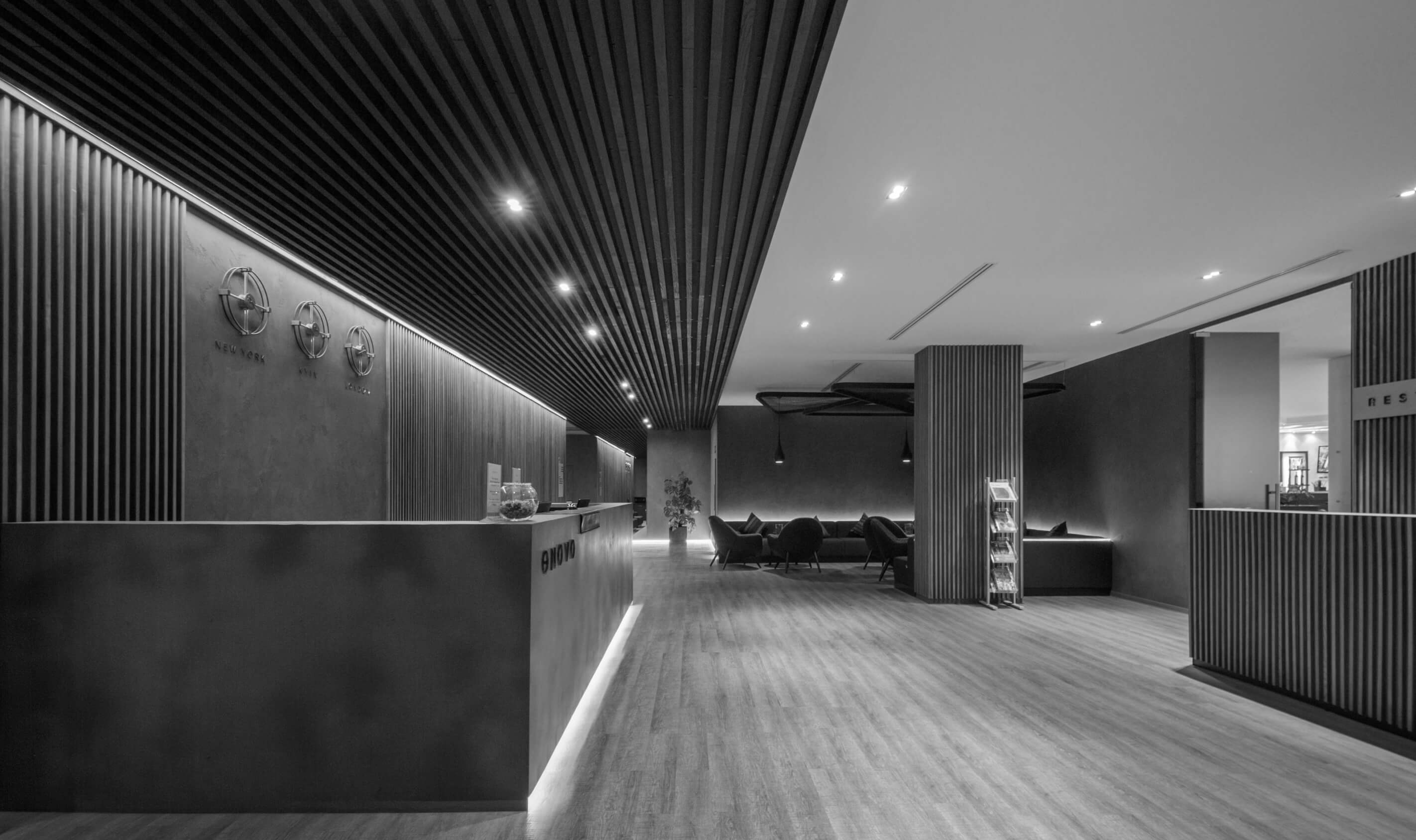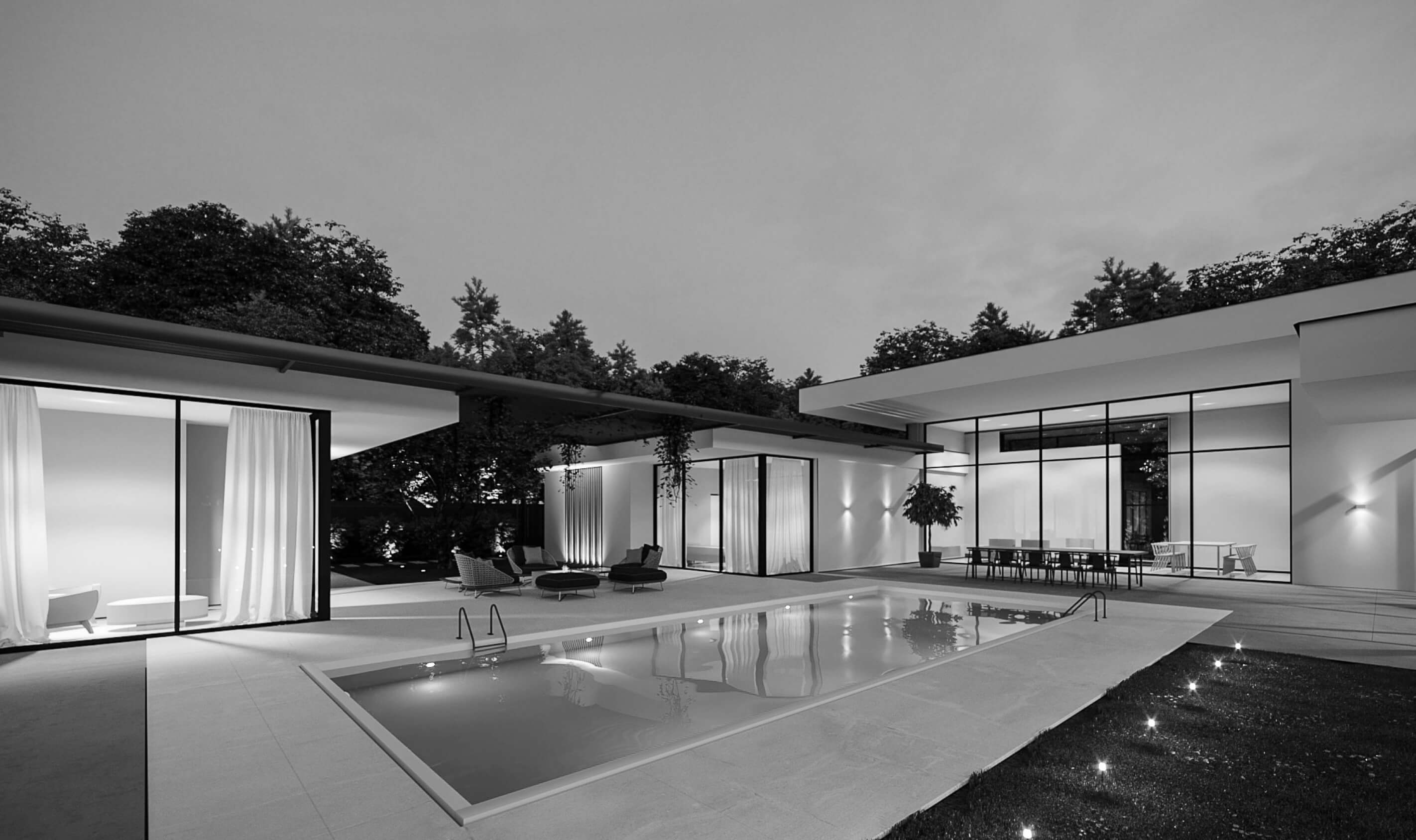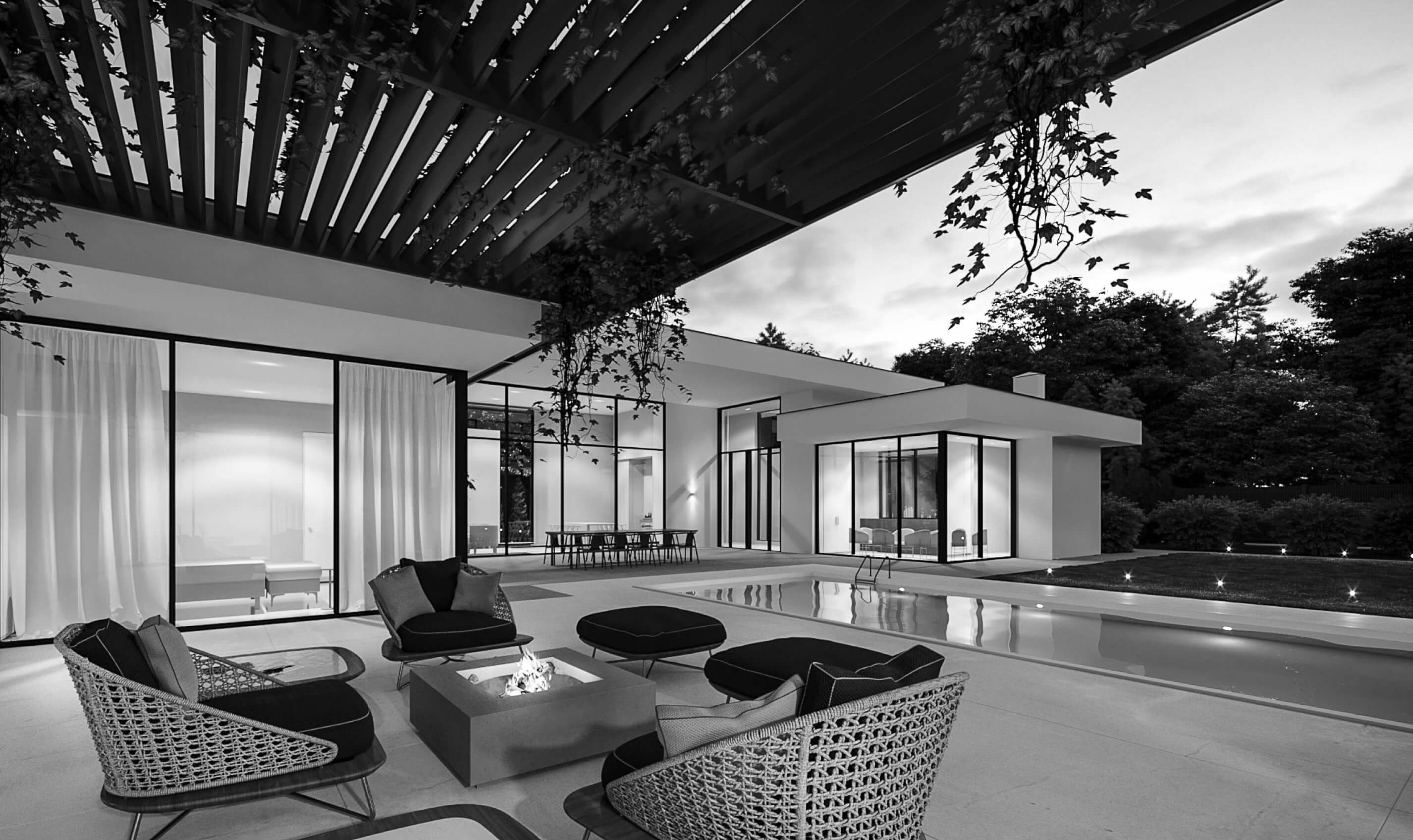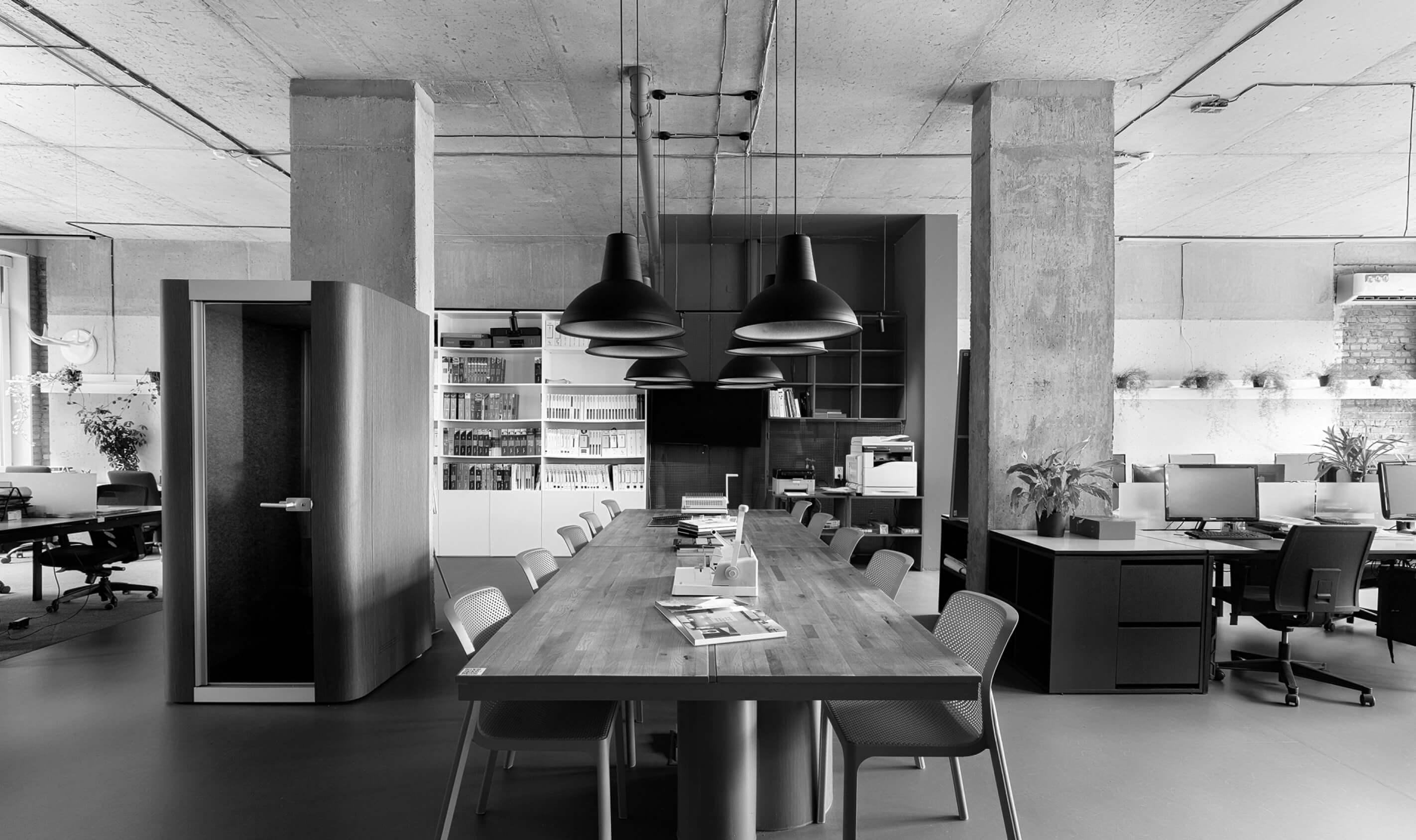From the point of view of 20th century capitalism, a creative office interior is a waste of money: furniture and paint on the walls automatically go into the category of irreplaceable expenses for the company. In the 21st century, global corporations are investing millions in office decoration. What is more important – the functionality of the workspace or the original design? Let’s figure out how office decoration helps to increase income, and what techniques are most effective.
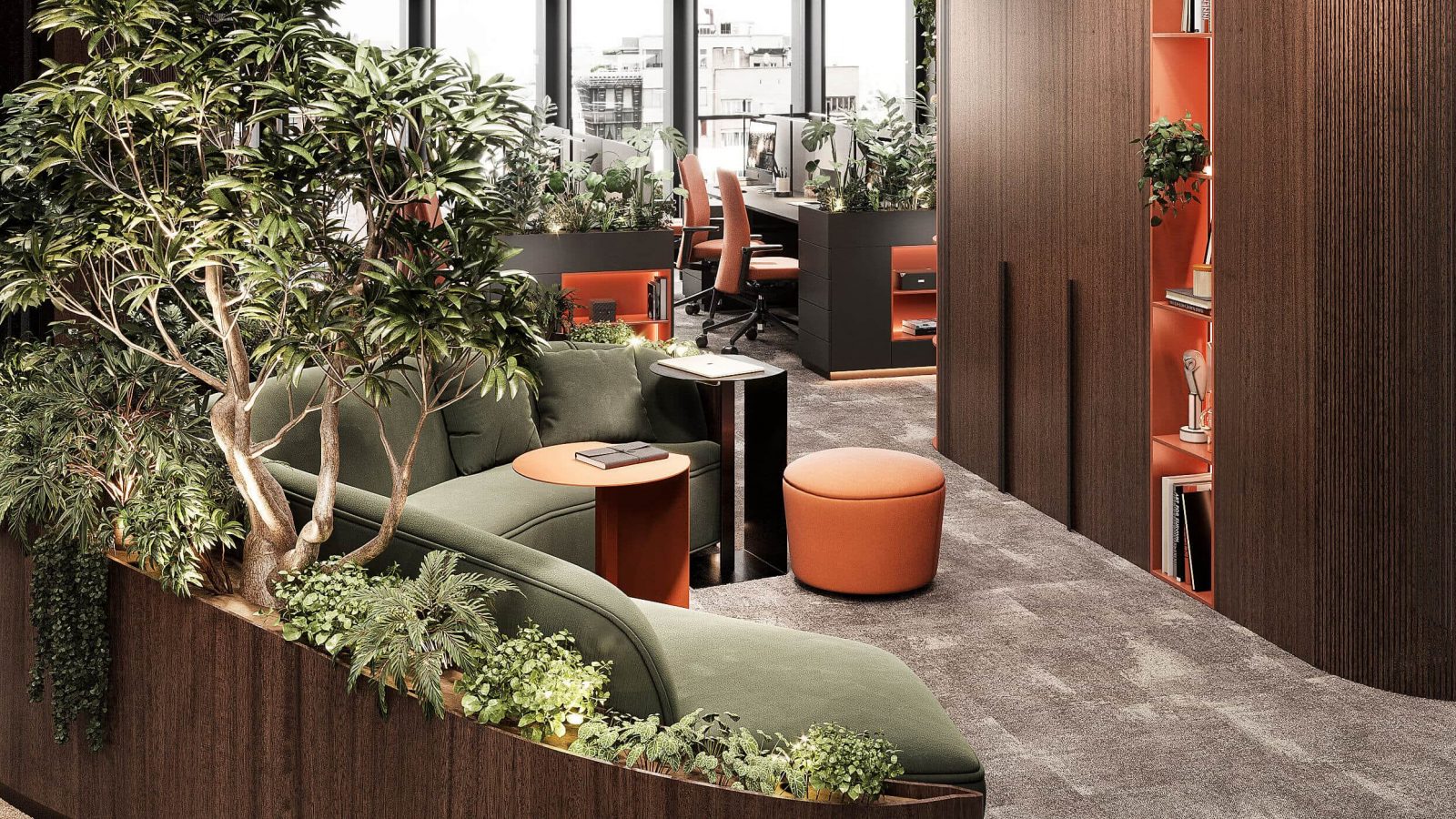
Design and/or functionality which offices make money
The stylish interior is an open display of well-being. The client at first glance assesses the status and stability of the bank, notary, investment fund, agricultural holding, developer, agency. Instead of uncomfortable chairs and formulaic geometry, he sees a taste for leadership and energetic employees.
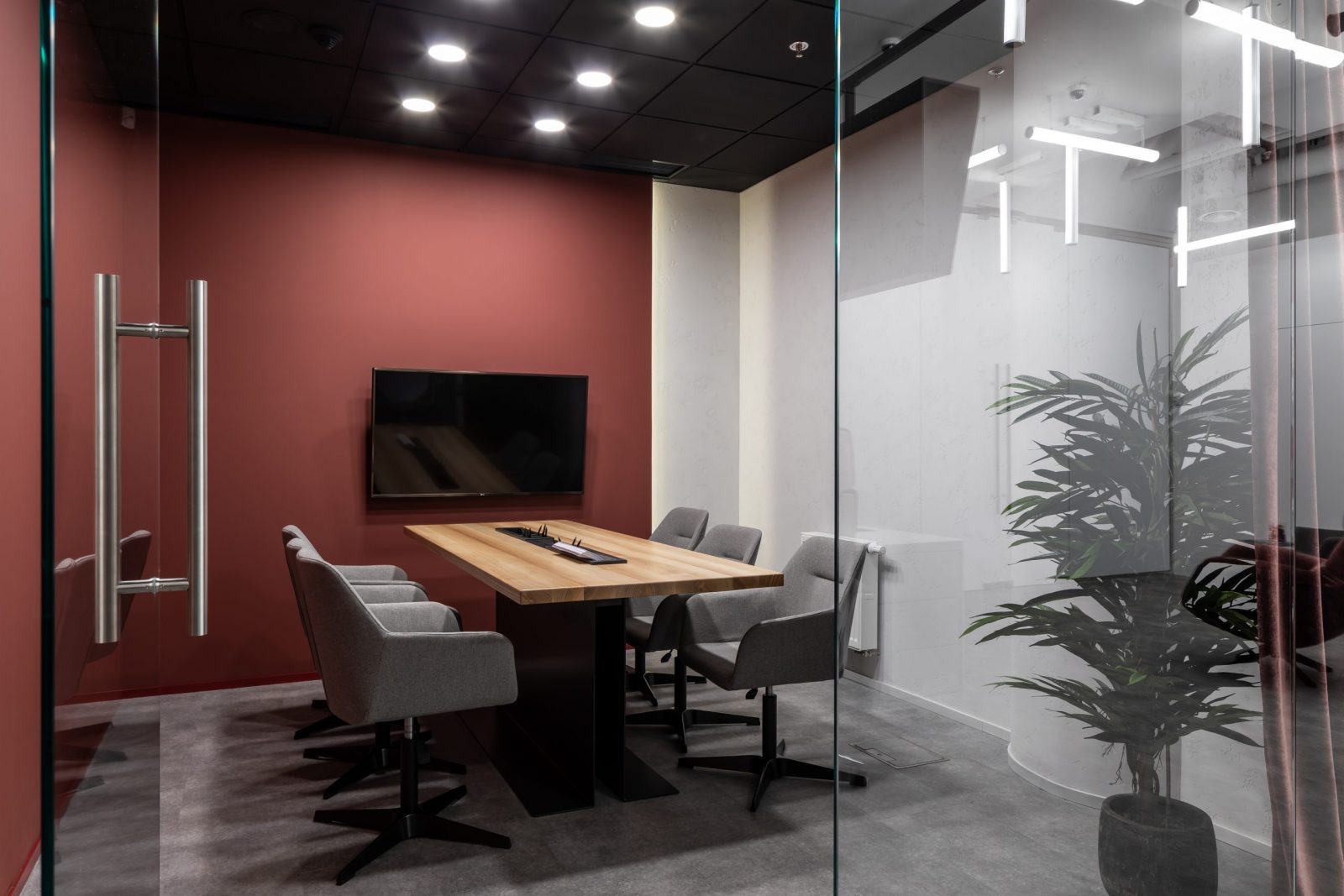
- live greenery, uniform style, natural lighting, wide aisles;
- clear zoning of space, convenience for visitors and staff;
- combination of open space and privacy;
- ergonomics of workplaces, individual furniture solutions, remoteness of bulky office equipment;
- lounge areas equipped with places for joint and individual work, places of rest.
For 68% of applicants for a vacancy, the appearance of the office in which they will work is important. The comfort of the office outweighs the value of wages.
The synergy of a modern office combines two emotions: intense work and maximum comfort. Throughout the day, the employee changes the rhythm of work and the environment, moves from one zone to another. A few minutes of silence, caring for flowers, ten minutes of playing, an interesting conversation with a cup of coffee allows you to switch, recuperate, and find the optimal solution to the problem.
Creative office design breaks space:
- different directions and streamlined lines of working areas; • magnetic whiteboards for writing; • children’s slides and fire poles instead of stairs; space.
Designers take into account the preferences of different generations:
- transparent domes – “bubbles” over workplaces;
- rooms of silence, capsules for concentrated work;
- armchairs and sofas with tables and high walls • long sofas, benches and swings for joint conversations.

Offices are becoming a symbiosis of work, leisure and home comfort:
- chill-out area with basketball net, darts, billiards, ping-pong;
- library and art space with easels, pencils, clay;
- playroom with computer games, virtual reality simulators, 3D constructors, chess and backgammon;
- mini-cinema;
- living corners with aquariums, a petting zoo and beds;
- an outpatient clinic with a day hospital, equipment for physiotherapy, massage, aromatherapy, salt rooms;
- equipped gym for fitness and strength training;
- changing cabins, wardrobes for changing clothes and shoes;
- baby room with toys, changing table, playpen, crib and baby monitor
- aquazone – from mini-fountain and shower room to swimming pool.
Every little thing is foreseen in the design development – from personal lockers for storing personal belongings of employees to beautifully designed organizers for hygiene products.
It is not for nothing that many companies allow slippers to be brought to work. A cozy atmosphere envelops, blurs the boundaries between home and work interiors, work is not perceived as hostile.
Employees are proud of the management’s concern for their personal comfort and value their involvement in the work of the company. The employee does not feel like a hired staff unit, but a team member, almost a co-owner. It is not a shame to post photos on social networks from a beautiful office, it increases the self-esteem of the staff and develops the company’s brand.

Design techniques for the development of corporate community:
- brand colors and corporate logo in the interior: accents on walls, partitions, cabinet furniture, stands, textiles;
- community kitchen, corporate bar, cafe, relax zone;
- photo zones for clients and employees: original furniture, panoramic views, exotic flowers, designer lamps, petting zoo;
• unique interior items, installations, design elements in ethnic style.
Office design does not exist in isolation from functionality. Any creative is pre-calculated, the norms of ergonomics, safety and practicality are taken into account. Investments in transforming the space, taking into account the interests of customers, future and existing employees, quickly pay off.
The style and comfort of the offices after the quarantine took on special relevance. Companies understand: they need to lure employees out of the house. Get back your most valuable resource – people.
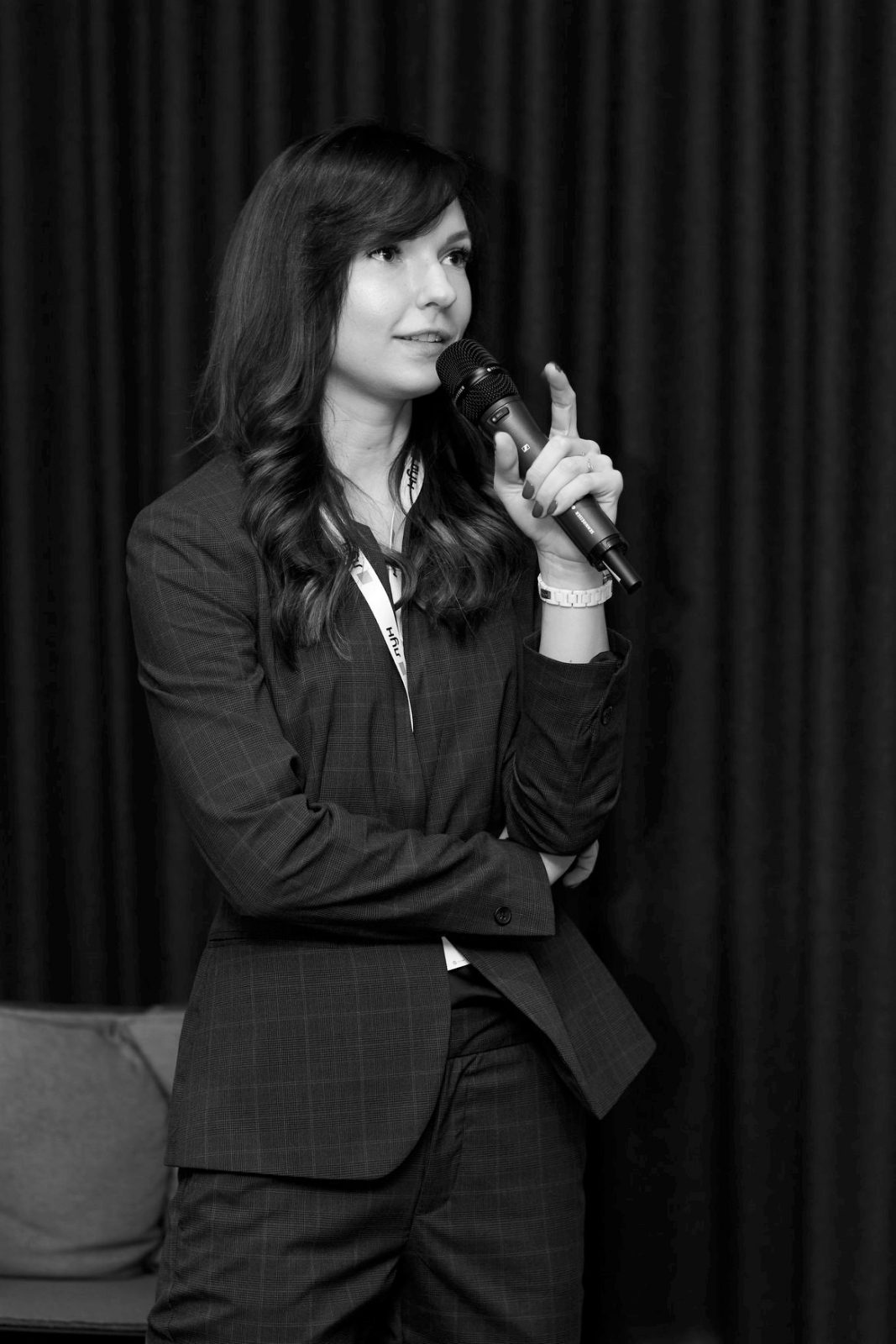
The author of the article: Alesya Karnaukhova COO of the ZIKZAK design studio

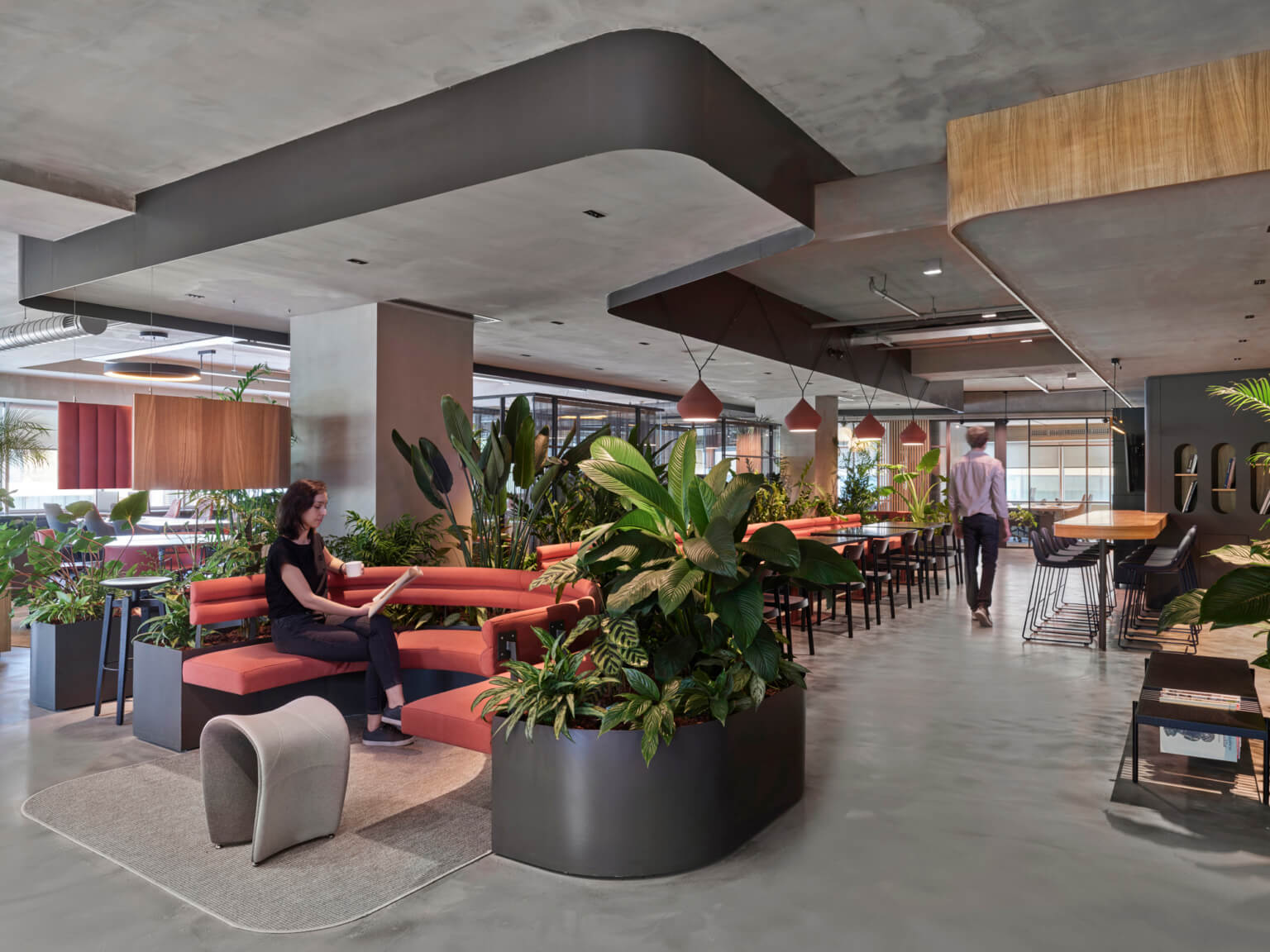

 Back
Back Back
Back



